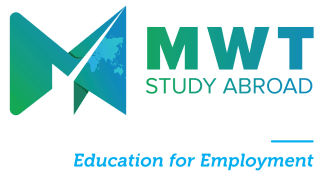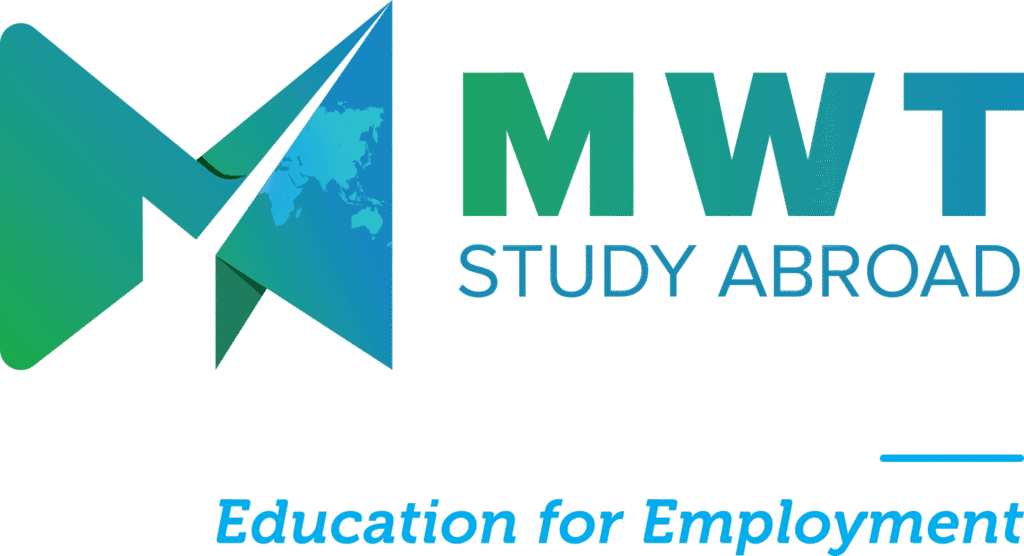Blog

How to Apply for Master’s in Data Analytics Abroad
Are you an international student aspirant planning to enroll for a master’s in data analytics? Now is a great time to get started. With an ever-rising demand for data-driven professionals, universities across the world offer top-notch programs curated for inquisitive individuals just like you. Dive into the whole process of getting a master’s in data analytics abroad, from how to get admission for data analytics abroad to securing a visa in a streamlined manner.
Data Analytics Course Abroad Application Guide
Self-assessment & profile check
The first and foremost thing to be done before choosing the programme of study is keeping your profile ready. This includes:
- Academic background: A bachelor’s in a STEM course like computing, statistics or a related field.
- Programming skills: Most of the data analytics courses involve statistics and programming language modules; thus, your expertise in these domains is appreciated.
- Work experience: This is an optional add-on, considered essential if your background is from a non-STEM course. Additional work demonstration strengthens your CV.
Language test: If you are a non-native speaker, an English proof of proficiency test like IELTS or TOEFL is mandatory. Additionally, it is always advised to check whether a GRE or GMAT score is essential for admission to a data analytics program of your choice.
Research & Program Shortlisting
Once you keep your profile ready, the next step is programme research. From choosing the institution of study to evaluating the outcomes, here are the pointers that you should keep in mind:
- Decide country and institution: Choose the country whose culture you prefer and the institution that gives you the best exposure w.r.t. your subject specialisation. Many US programmes offer post-study work opportunities.
- Look at programme particulars: Study the curriculum topics and duration to ascertain whether it covers the necessary subjects. In addition, discover the various specialisations that it offers, from big data analytics to machine learning. Also, check whether the programme also accepts students from non-computer science backgrounds.
- Understand test score requirements: Review the test score range for GMAT/GRE and the minimum GPA required for admission.
- Costs and ROI: Explore the tuition and living costs in addition to post-study placements and salary packages.
Preparing application materials
After deciding on the programme and the university, it is time to prepare your application.
Test results: Both English proficiency and quantitative tests, like the IELTS and GMAT, respectively, are required, although some universities may waive them.
Documents: A plethora of academic transcripts, such as your degree certificates, letters of recommendation and statement of purpose, are necessary to be kept during admission. For an LOR, 2-3 references will be ideal from previous professors or employers who are well-versed in your analytical abilities. In the case of SOP, an applicant must provide reasoning for the course and university and explain how their backgrounds prepare them for the course and placement after graduation.
Additional transcripts: A compelling CV and portfolio are plus points that highlight skills, internships and previous projects that you have worked on. It is also ideal to include them in the form of GitHub links.Proof of funds: Be prepared beforehand to demonstrate financial documents and consider scholarship or assistantship opportunities for a smooth enrolment.
Application Submission & Follow-up
If you have completed the preparation of documents, the next obvious step will be applying and tracking the application.
- Apply online: Check the university portal for the submission link and upload all the necessary documents. Further, pay the fee and again monitor to obtain a confirmation.
- Track deadline: Keep a tab on the important deadlines of various universities since some universities have either fall or spring intake.
- Decide admission: Once you receive confirmation, review the funding, tuition and enrolment deposit options.
- Accept offer: After all checks are done, pay the fee deposit and prepare to fly.
Visa, travel & pre-departure preparation
Applying for a master’s abroad does not have to be chaotic if you understand the necessary steps to study data analytics abroad for Indian students. Once you have paid the enrolment fee, then comes applying for a student visa. Further, aspirants should look for accommodation and flight bookings in advance. Keep a checklist of the important elements, such as health insurance, bank account information and immunisation if need be. Lastly, be mentally ready to embrace a new country and its culture.
Conclusion
Pursuing a master’s abroad need not be challenging for international aspirants. By conducting the right assessment of your profiles, shortlisting suitable courses, and thoughtfully preparing your documents, you can easily glide through the admission process. Getting a master’s abroad is worth the long procedure by getting exposed to cutting-edge education, global networks and highly lucrative career pathways. The key is to start early and stay ahead in preparation. With MWT Study Abroad as your partner, you can easily own your international education journey.





